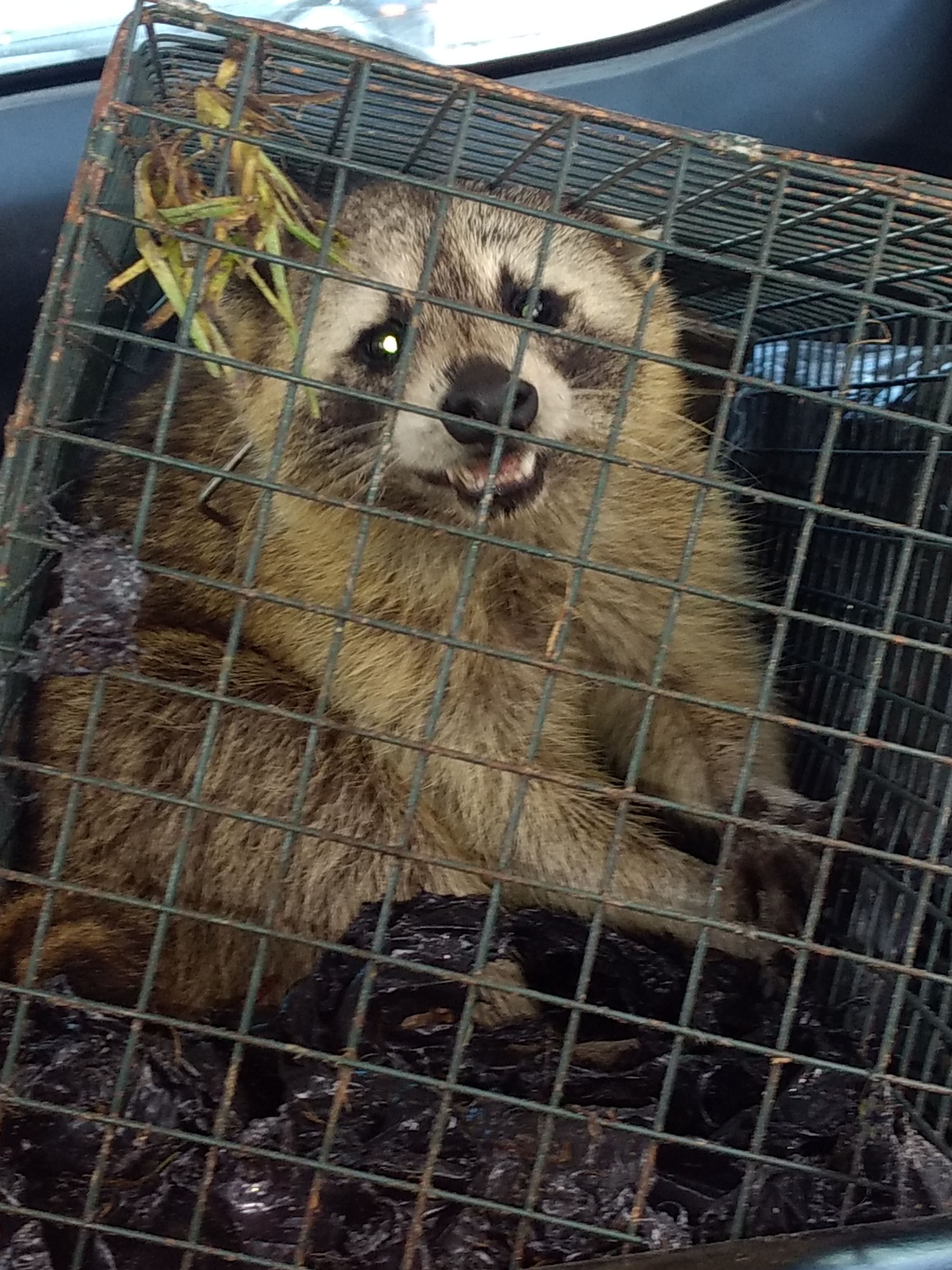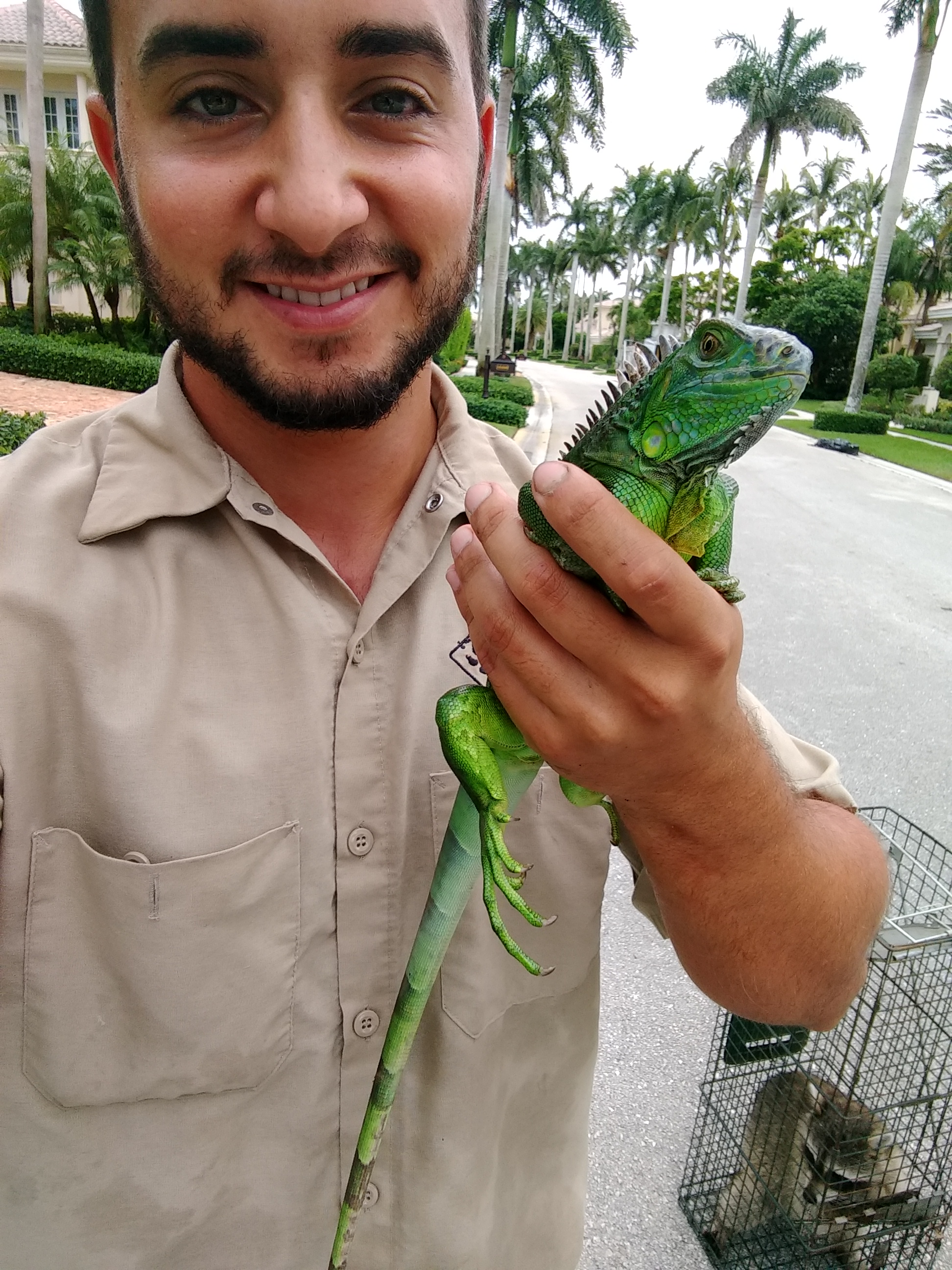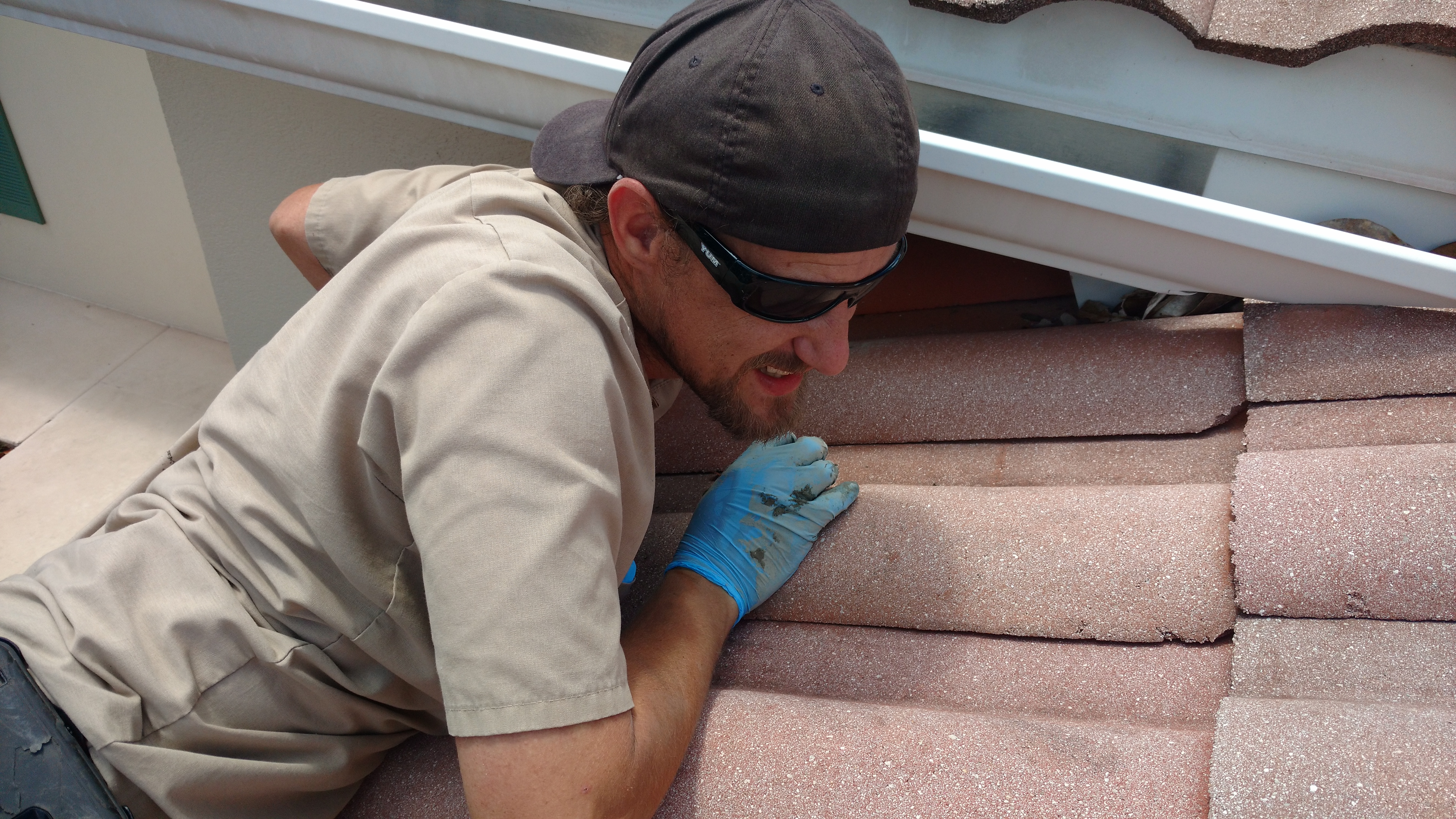
Flying Squirrels are often classified as a pest species because they like to live in buildings, they are nocturnal, and they live in colonies of many animals. The most common complaints include the following: Scurrying in attic or walls at night. Odor from large colony at house. Chewing on timber outside home. Chewing on cables in attic. For all these reasons, lots of folks desire to have nuisance Flying Squirrel trapped and removed.
Flying Squirrel Removal Advice - Many homeowners do not understand they have flying squirrels until they hear sounds overhead. Flying squirrels are often mistaken for baby grey squirrels because of their small size, lack of tail fluff and generally calm demeanor. Since these creatures like to become more busy after dark, homeowners frequently find a problem when their sleep is interrupted by odd noises.
Unlike a number of different kinds of squirrels, flying squirrels are less destructive to the house. Their nuisance qualities mostly have to do with the mess that accompanies their communal toilet. They're also social creatures, frequently living in groups of eight or more. They're also known to chew on wires and wood in a attic.
Regardless of the differences between flying squirrels and regular squirrels, the two species will live in houses no matter the food sources nearby. Homes next to wooded lots and state forests tend to be most vulnerable to fly squirrel infestation. All it takes is 1 hole in the outside of your house to offer the mammals access into the interior structure. Flying squirrels are often smaller than gray squirrels and require less of an opening to squeeze through. The best defense against a squirrel crime is to routinely keep the outside of your dwelling. By minding all holes along the roof line, you're preventing entrance into your dwelling. As they are adept climbers, care must be taken to assess eves, overhangs and roof outcroppings carefully. One missed hole or crack may lead to squirrels moving in.
When they are inside the house, lots of men and women take the leap and go right to poison. Make no mistake, poison will kill a flying squirrel; however, what happens next is frequently the cause of much more anxiety and stress to the homeowner. Poisoned flying squirrels won't die immediately. Bear in mind, too, that they're communal animals. If one is poisoned, all eight might be poisoned also. These eight furry bodies will escape into the safe, tight areas of your home where they will then perish. The odor of decaying carcasses will linger within the house until the bodies are eliminated. Waiting for the odor to"go away" might not be realistic in this circumstance.

Commercial companies will attempt to dupe the homeowner into purchasing a pile of repellents and deterrents for flying squirrels. Fake owls, predator urine, vibration and ultrasonic emitters, predator sounds and chemical sprays are options in the marketplace. Home remedies, like using mothballs, also exist. All the above have been proven useless during field evaluations. If you know about your own reaction to stimuli, you will understand why lots of them are ineffective. It won't require a flying squirrel long to figure out that threat isn't real. Ultrasonic emitters haven't been demonstrated to be effective, and many professional will attest to this truth. Mothballs and other home remedies aren't potent enough to be utilised in huge areas, and many nuisance animals will just avoid the area where the toxin's are located.
Flying squirrels are most efficiently trapped and removed from the attic The most frequently used traps are humane life catch and deadly snap trap. Make certain to purchase large cubes, not those used for the frequent mouse, and to lure them with something that the squirrel is going to be attracted to. Leave the traps baited and unset for a couple of days. Once the squirrels don't have any fear of taking food from the apparatus, place the trap and wait. Bear in mind that flying squirrels reside in communities. Trapping one won't eliminate your issue. As there's no definitive way to ascertain the size of this colony, you need to keep your traps set until all symptoms of the infestation have been resolved. Complications often happen when traps are removed too soon or when baby squirrels are left behind to decompose in walls. Improper trap size are also a detriment. Squirrels that are trapped but not killed may drag the trap to the wall in which the animal will eventually die of starvation or from its injuries.
Flying squirrels inhabit mountainous areas and create their nests/dreys in many different kinds of places. The most frequent nest is located in the cavity of a tree, bird's nests, bird houses and in the attics of houses. Flying squirrels are extremely smaller squirrels that could be grey, brown or white. They're known for the webbing that's attached to its belly and joins all of the legs which gives it the special ability to glide between the branches of trees, and that is how it got its name.

Since the flying squirrel spans across the whole continent of North America their diet varies dramatically depending on their geographic location and how hungry they are. Broadly, flying squirrels are omnivores and will eat many different insects such as; spiders, beetles, slugs and moths. They may also eat many distinct plants such as flowers, moss, lichen, mushrooms, bark and nuts. They also enjoy eating fruits, nuts, tree sap and bird eggs once the opportunity arises. Flying squirrels are categorized as scatter hoarders; this implies that they hoard their food in several unique areas surrounding the main living space, and this behaviour is supposed to boost food security.
The life expectancy for a flying squirrel is just six years, and can extend to fifteen years if they're held in captivity. The main reason that flying squirrels' lives are cut short when they're in the wild is they are a favorite prey animal. The primary predators for the flying squirrel are: owls, raccoons, coyotes, weasels, tree snakes, ground snakes (such as rattlesnakes) and cats.
First, the predators of the flying squirrel use movement and sound to detect them and the squirrel reacts by"freezing" and considering its escape route. Flying squirrels know the place they live in quite well and will creep to the nearest refuge when they sense danger. The only time this isn't true is if the flying squirrel is in its juvenile phase. This is the time that a flying squirrels life as it is in the most danger of being killed because it's not yet discovered the terrain such as the adult flying squirrels.

The typical litter size is 1-4 young per female every 2 years, but the number is dependent upon the size of the woods. By way of instance, flying squirrels who reside in larger forests will have larger litters. When a flying squirrel is born it's defenseless; it has no fur and the organs are still growing. After 5 weeks the babies are going to have their fur and will be ready to begin learning how to search and glide. The male isn't present at any time during the raising of the young.
The flying squirrel has long been confused for bats. Take note that these squirrels don't fly like bats but glide and leap so it only appears they are flying. While these squirrels are cute, they don't make good pets.
How To Get Flying Squirrels From Your Attic: Flying squirrels are small and smart rodents which will devote the vast majority of their lives moving from tree to tree when they're living in their natural habitat. However, there are lots of cases where flying squirrels can make their way into a house, and when this occurs they'll usually have found their way to the attic or roof section of the property. There are lots of issues which could be caused by such an infestation, including hygiene and health problems in addition to the scratching and scampering sound that will frequently be heard from the attic.
It can frequently be hard to discern the difference between a standard squirrel infestation and flying squirrels in the attic if you don't really go into the attic to find the animals. Flying squirrels will typically be smaller than the Eastern Gray squirrels who are such a problem for many people, but flying squirrels will also reside in much greater amounts. If you're unable to access the attic space yourself, then a visual evaluation of the soffits and boards around the bottom of your roof will frequently indicate several holes that may be used by the flying squirrels as entry and exit points.
As soon as you have confirmed it is an infestation of flying squirrels, then there are a few alternatives which may be used to attempt to remove these animals.The most popular choice used by professionals dealing with a flying squirrel infestation would be to seal the roof cavity and also to make certain that there is only one or two entry or exit points which can be used. After these have been sealed, then a one-way exit door could be set in place. Some of the wildlife experts will seal the exits leading into a repeater trap to really catch all the animals, while others will just enable the squirrels to leave the property, but as long as they can't get back in they'll need to go elsewhere.
Putting a trap to capture all the flying squirrels has the additional advantage of being able to move the flying squirrels as a colony, since they can frequently be split up when they leave the attic space intermittently.

When you're satisfied that all the squirrels are captured, then they need to be taken at least ten miles away from the premises and then released in a place of deciduous woodland away from domestic properties. Some countries will have legislation about discharging pest animals into the wild, and they might insist that the flying squirrels are actually taken to a state facility to be taken care of. Additionally it is worth going into the attic room to confirm the area so you can be certain that there are not any flying squirrels or infants remaining in the attic.
The main thing to do after the flying squirrels are removed is to seal the attic to be sure that no others can get in. Flying squirrels are often will follow where others have gone so if a single creature can make their way to the attic then others can also unless the entry points are sealed.
For this job it's often best to hire an expert to analyze the attic and to fix any holes or weak points in the roof area where flying squirrels could enter. Additionally it is sensible to have an expert decontaminate the attic to avoid any health problems being caused from the urine and feces of the flying squirrels.